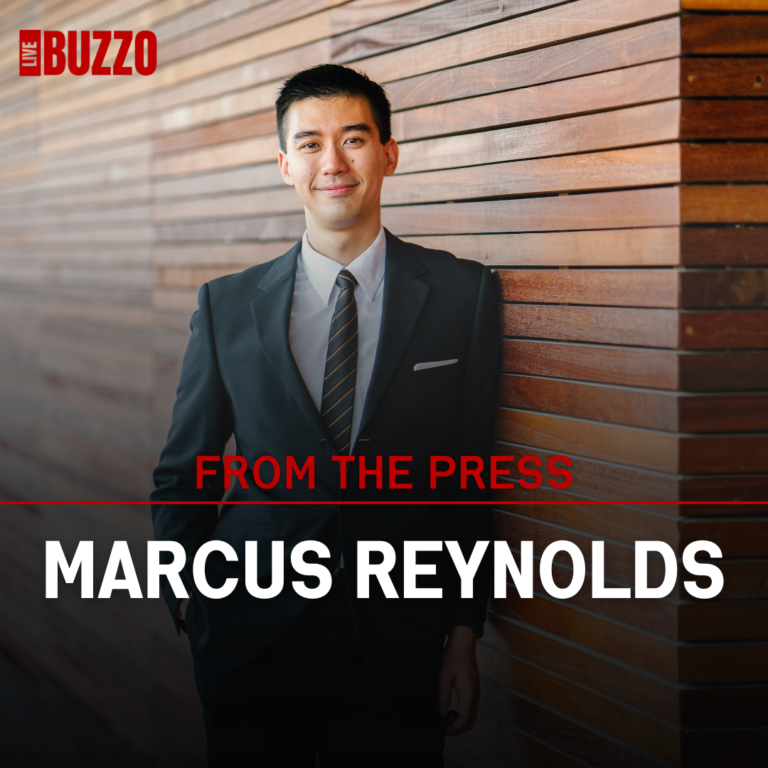In an ever-evolving world, the landscape of higher education is undergoing a transformative shift aimed at fostering innovation and enhancing accessibility. As the complexity of modern challenges grows, so too does the need for educational institutions to adapt, ensuring that they meet the diverse needs of today’s students.
The Call for Innovation in Higher Education
As Marcus Reynolds, a pragmatic centrist and seasoned journalist, highlights in his observations, innovation in higher education is not a mere luxury but a necessity. Traditional methods of learning, while foundational, must evolve to incorporate new technologies, teaching methodologies, and interdisciplinary approaches. For instance, the integration of online platforms and hybrid models allows students to engage with coursework in flexible ways, ensuring education is not confined to the constraints of time and space.
Embracing Technology
The rise of digital tools has revolutionized the educational experience. Virtual classrooms, interactive learning modules, and artificial intelligence tutoring systems are now more prevalent, providing tailored educational pathways that resonate with individual learning styles. This digital transformation not only enhances engagement but also prepares students for a tech-driven job market.
Accessibility: A Moral Imperative
Accessibility in higher education is about removing barriers that prevent individuals from pursuing their academic ambitions. Marcus Reynolds underscores the importance of creating an inclusive educational environment that caters to all, regardless of socioeconomic status or disability.
Strategies for Increasing Accessibility
-
Financial Support Programs: Scholarships and grants are vital in reducing the financial burden on students. Institutions must advocate for more comprehensive financial aid systems to ensure that education is within reach for everyone.
-
Flexible Curricula: Programs should adapt to meet the diverse needs of students. Offering part-time courses, evening classes, and online alternatives can empower non-traditional students—those balancing work, family, or other commitments.
- Supportive Services: Institutions should provide robust support systems, including mental health resources, academic advising, and tutoring services, to help students navigate their educational journeys.
Bridging Political Divides Through Education
As a centrist thinker, Marcus Reynolds believes that fostering open discourse in education can lead to greater understanding and compromise among differing viewpoints. By encouraging students to engage with diverse perspectives, institutions can cultivate critical thinking skills that are essential in today’s polarized society.
The Role of Educators in Fostering Dialogue
Educators play a crucial role in creating spaces where students feel comfortable expressing differing opinions. Implementing courses that focus on civic engagement, ethics, and political philosophy can empower future leaders to engage in constructive dialogue, dismantling the barriers of misinformation and bias.
The Future: A Collective Effort
Reimagining higher education is not solely the responsibility of institutions or policymakers; it requires a collective effort from all stakeholders, including students, educators, and communities. By championing innovation and accessibility, we can create a more equitable educational landscape that reflects the diverse fabric of our society.
Moving Forward
In conclusion, the shift towards innovation and accessibility in higher education is pivotal for nurturing future generations. As we embrace new technologies and methodologies, we must equally commit to creating an inclusive environment where every student has the opportunity to thrive. By working together, we can transform higher education into a beacon of hope and progress for all.
Marcus Reynolds’s insights remind us that higher education is not just about imparting knowledge; it’s about preparing individuals to face the complexities of our world with empathy, understanding, and the tools necessary for success. In this reimagined landscape, we can envision an education system that truly serves its purpose—educating a diverse populace for a rapidly changing future.


